
Abu Simbel Great Temple 3D Scanning Project - World Scan Project Challen
We would like to introduce our World Scan Project (WSP) survey at the Great Temple of Abu Simbel in this issue.
Why We Conduct 3D Scanning Surveys
WSP is engaged in 3D scanning of archaeological sites because our technology can significantly contribute to the preservation and research of archaeological sites.
3D-scanned archaeological sites are preserved as detailed digital data and remain forever as they are today without being weathered. The data will remain a valuable record of human history and a guide to new research and discovery.
The monumental ruins that triggered the World Heritage designation
The Great Temple of Abu Simbel, the site that gave birth to the concept of "World Heritage" by UNESCO, is located in the southernmost part of Egypt, near the border with Sudan, and was built about 3,300 years ago by Rameses II, one of the most famous kings in ancient Egypt.

In the 1960s, the temple was threatened with submergence due to the construction of the Aswan High Dam to flood the Nile River. The United Nations Educational, Scientific and Cultural Organization (UNESCO) took a stand.
Under the call of UNESCO, the temple was saved from the danger of submersion through international relief efforts with the cooperation of countries around the world and was relocated to higher ground. Today, it is one of Egypt's most famous World Heritage sites, and many tourists visit it.
This project led to the development of protecting and preserving heritage sites of historical value as "World Heritage" sites that are common not only to nations but also to the entire world and that the whole planet should protect and preserve.
The Aswan High Dam, as seen from the present-day Abu Simbel Great Temple, was initially constructed a few dozen meters underwater.
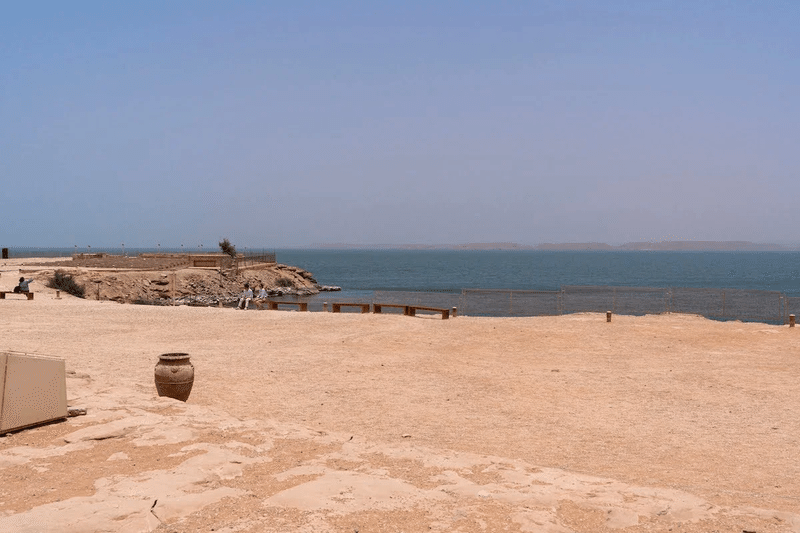
A huge rock temple dug into a rocky hill.
The Abu Simbel Great Temple is a rock dug into a rocky hill. Four gigantic statues of Ramses II, from his youth to his prime, greet us at the entrance. At the foot of these statues stands a statue of his beloved wife, Nefertari.
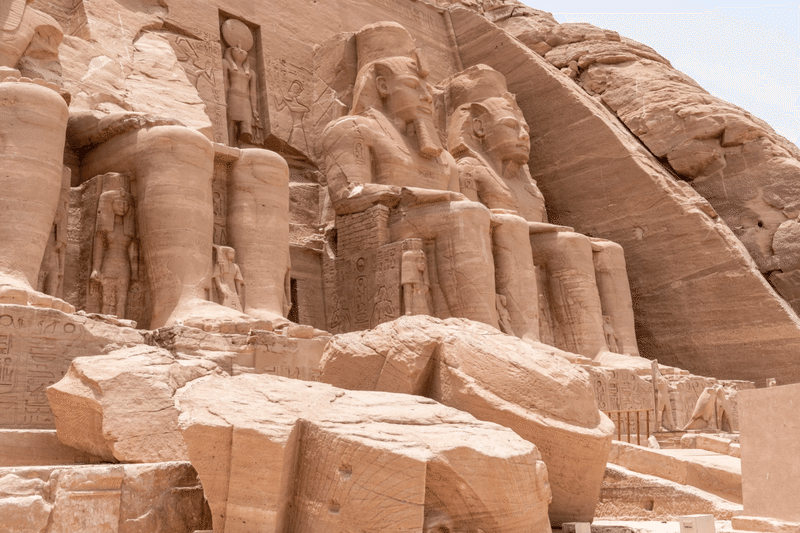
Standing statues of Ramses II also line the temple's interior, and the walls depict scenes from the achievements of Ramses II, the famous Battle of Kadesh, where the first peace treaty in the world was signed, and the battles with Syria, Libya, and Nubia.

The deepest sanctuary, flanked by the deities Ptah, Amun-Ra, Ra-Horakhty, and Ramses II himself, is mystically constructed so that twice a year, on October 22 and February 22, sunlight passes through the interior of the temple and illuminates this place. These days, the temple is crowded with tourists, many of whom wish to see this spectacle once.

Near the Great Temple, there is also a small temple dedicated to Nefertari, the beloved wife of Ramses II, which, although small in size, still retains magnificent carvings.
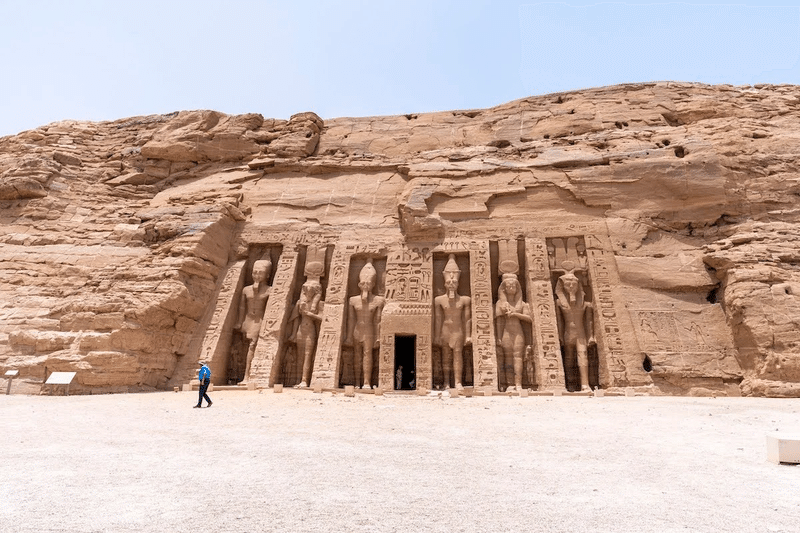
3D scan of the Great Temple of Abu Simbel
Between 2018 and 2022, a WSP research team, with special permission from the Egyptian government, visited the site to 3D scan the Great and Small Temples. In addition to the distinctive exterior, we could enter the Holy of Holies, which is usually inaccessible, and use a drone to acquire detailed data on the massive sculptures on the walls.
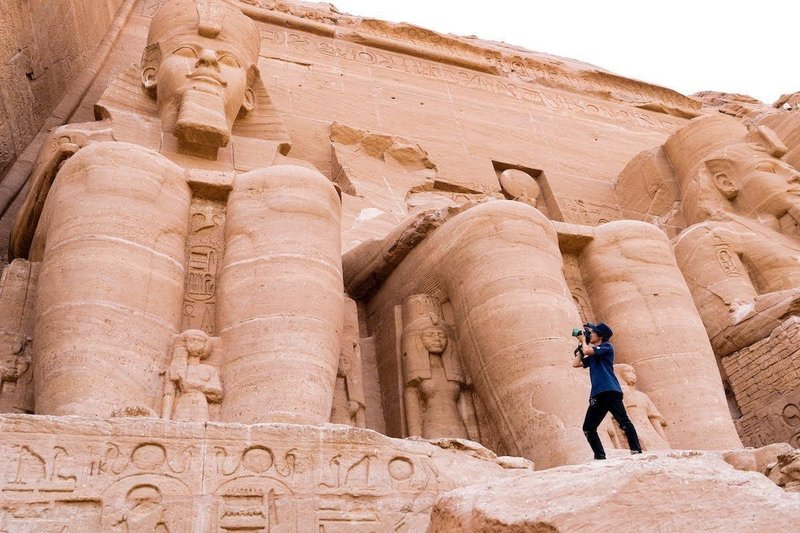
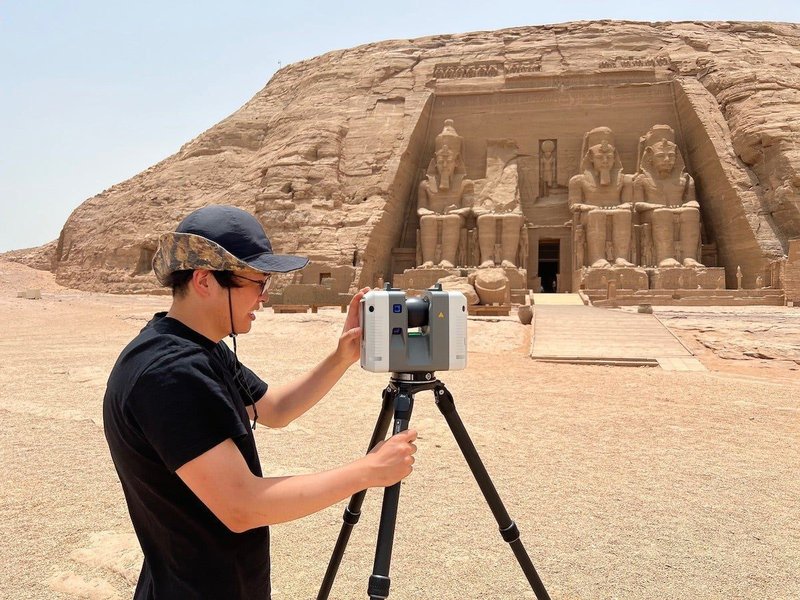
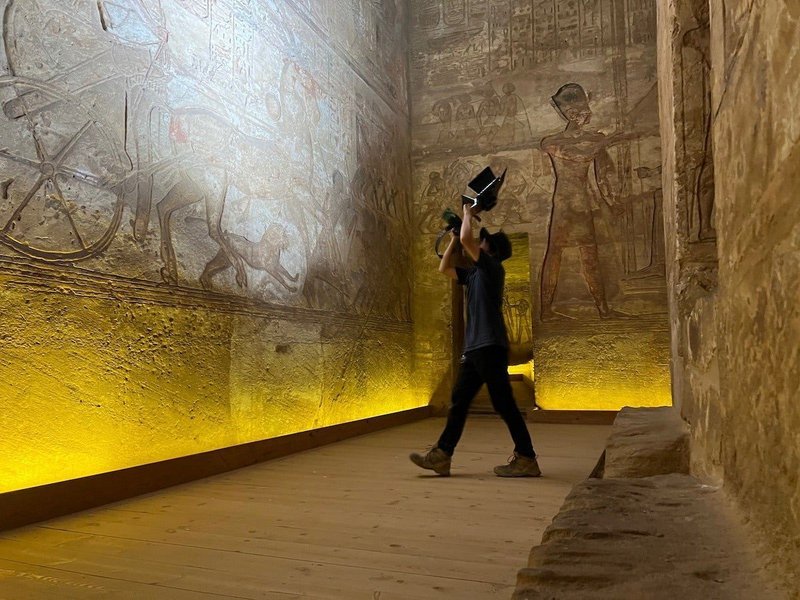

Our scans will preserve digital data of the present detailed appearance of the Great and Small Temples of Abu Simbel for future generations. It will then be used for archaeological research and services that will allow many people to visit them in virtual reality.
Today, the Abu Simbel Great Temple is one of the most iconic World Heritage sites in the world and is loved by many people, but if people around the world can more easily access the site, its appeal will grow even further.
With WSP's advanced technology, the Abu Simbel Great Temple will gain new value.

Bringing the world, the future, and curiosity closer together
Worldscan Project will continue to investigate and preserve archaeological sites around the world. It will continue its activities to "bring the world, the future, and curiosity closer" by connecting the treasures of humanity to the future. If you are interested, please follow and support the activities of WSP.
If you are interested in this activity, please follow and support the WSP.
See also this video about the survey of the Great Temple of
Abu Simbel.
この記事が気に入ったらサポートをしてみませんか?
